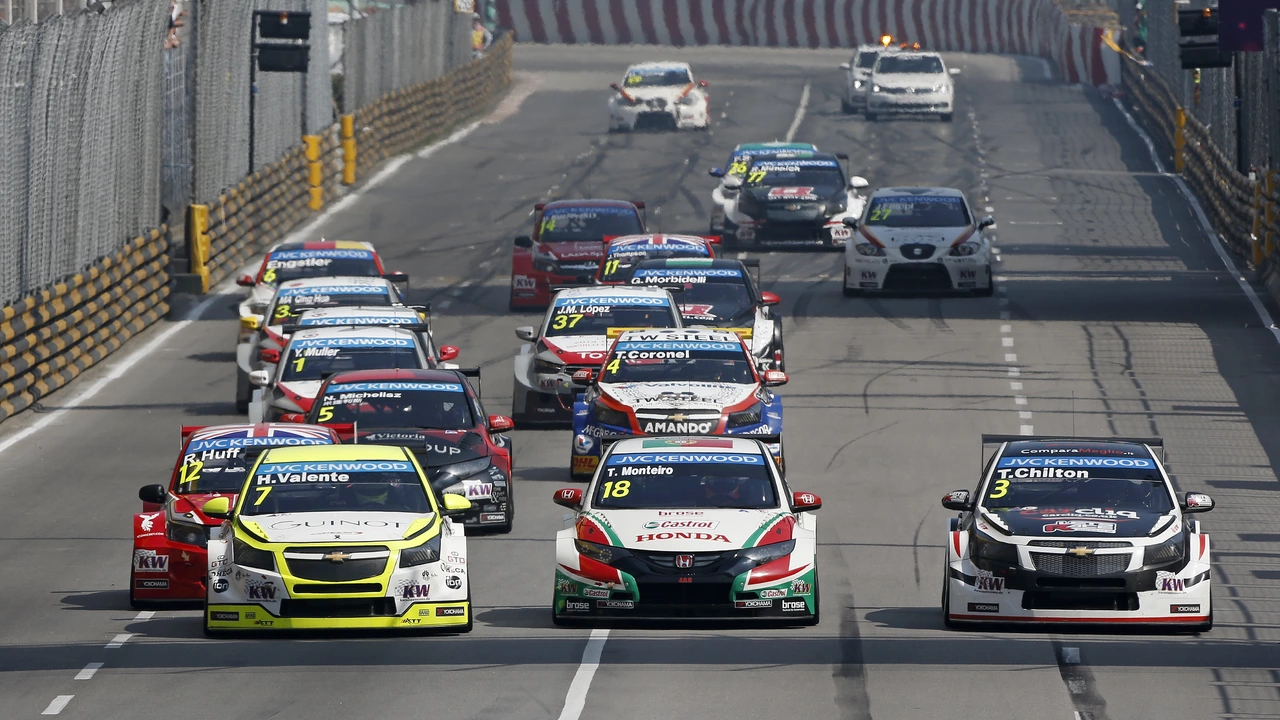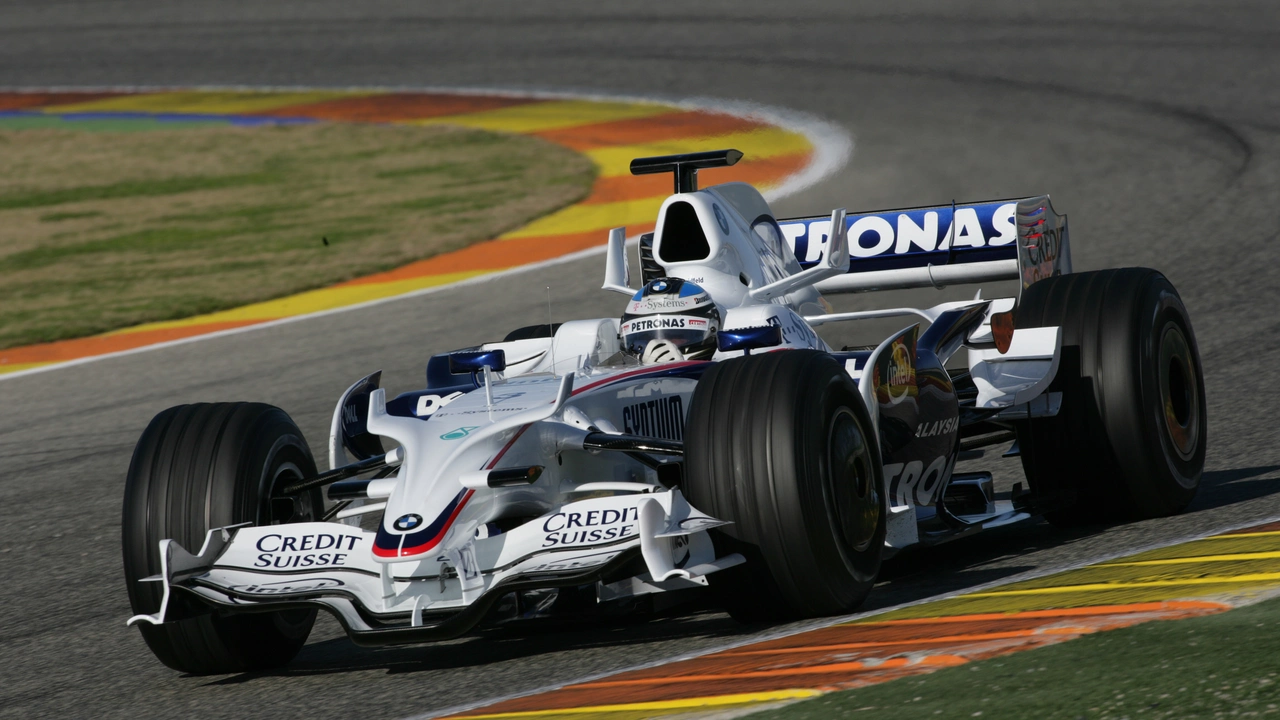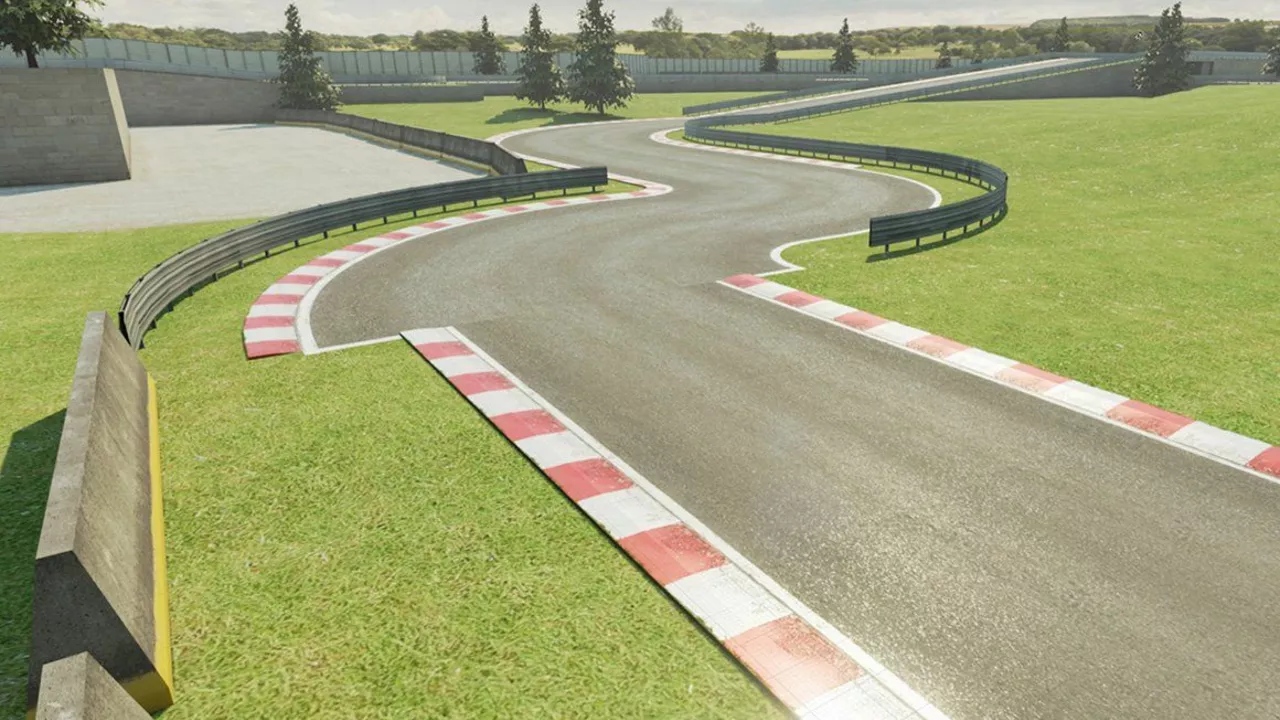July 2023 Motorsports Highlights
July was a busy month at JL Motorsports Engineering. We broke down where aspiring drivers should begin their careers, explained why a major car maker walked away from Formula 1, compared the skill demands of different racing series, and cleared up myths about track surfaces. If you’re hunting quick answers or just love fast cars, keep reading.
Where to Kick‑Start Your Racing Dream
Looking for the best spot in Europe to launch a car‑racing career? The UK tops the list. It offers a dense network of circuits – from Silverstone to Brands Hatch – plus academies that train everything from karting basics to Formula 2 prep. The presence of world‑class teams and the legacy of drivers like Lewis Hamilton make it a magnet for talent. If you’re serious about moving from hobby to profession, you’ll find more opportunities, coaching programs, and sponsor interest in Britain than anywhere else on the continent.
Big Decisions: BMW’s Exit and Skill Showdowns
BMW’s sudden departure from Formula 1 left fans scratching their heads. The reality? The company chose to shift its budget toward electric tech and sustainability projects that matter to its road‑car customers. High operating costs, a dip in the global economy, and a lack of podium finishes also played a part. It wasn’t a retreat from racing; it was a strategic re‑allocation of resources toward future‑ready technology.
Speaking of challenges, which motorsport needs the most skill? It’s a tough call because each series tests a different mix of abilities. Formula 1 demands razor‑sharp precision at sky‑high speeds, split‑second strategy, and peak physical fitness. Rallying throws in unpredictable terrain, navigation, and rapid car setup changes. Endurance races like Le Mans push teamwork and stamina to the limit. In short, the “most skill‑intensive” title depends on whether you value raw speed, adaptability, or endurance.
While you’re thinking about skill and safety, let’s clear up a common myth: do racing tracks hurt drivers? Tracks are built mainly from asphalt, concrete, or specially treated clay, chosen for grip and durability. Safety measures – helmets, HANS devices, fire‑resistant suits, and energy‑absorbing barriers – do the heavy lifting when crashes happen. The surface itself isn’t the main danger; it’s the speed and how the car behaves on it. Modern track design focuses on minimizing impact forces, so the material is more about performance than punishment.
That wraps up July’s deep‑dive topics. Whether you’re plotting a career move, curious about corporate decisions, debating skill hierarchies, or just want the facts on track construction, we’ve got you covered. Keep checking the archive for more straightforward answers and fresh motorsport insight.

Which is the best country in Europe to start a car racing career?
Alright, buckle up folks, we're about to speed through Europe on a quest for the best country to kickstart a car racing career. After many a pit stop, it's green lights all the way for the United Kingdom! UK just zooms ahead with its multitude of racing circuits and top-notch training facilities. Not to mention, it's the home turf of Lewis Hamilton, the Formula 1 titan! So, if you're revving to race, UK is your starting grid, chaps!
Read More
Why did BMW quit Formula 1?
BMW's departure from Formula 1 was a decision rooted in a shift of priorities. They opted to redirect their focus and resources towards sustainability and the development of new technologies for their production cars. The high costs and the economic downturn at the time also played a significant role in this decision. Not to mention, BMW's lack of competitive success in the series also influenced their decision. So, it was basically a strategic move driven by financial factors and future vision.
Read More
Which motorsport requires the most skill?
After exploring various motorsports, it's clear that pinpointing which one requires the most skill is complex as each sport demands its unique set of capabilities. However, many argue that Formula 1 stands out due to its high-speed precision, tactical decision-making, and intense physical and mental demands. Others might point to the intricate tactics and danger involved in MotoGP or the multi-disciplinary skillset required in Rallying. In contrast, some believe the endurance and team strategy involved in Le Mans racing make it the most skill-intensive. Ultimately, the answer depends on how one defines 'skill', demonstrating the multifaceted nature of motorsport expertise.
Read More
What are racing tracks made from? Doesn't it hurt the racers?
Racing tracks are typically made from a blend of asphalt, concrete, and sometimes clay or dirt, depending on the type of racing. While this may sound painful, safety measures are in place to protect racers. Helmets, protective suits, and specially designed cars or bikes help absorb the impact and minimize injuries. So, while crashes can happen, the track's material isn't the main culprit. Instead, speed and racing conditions play a bigger role in the risk factor for racers.
Read More